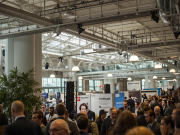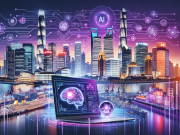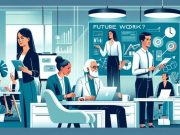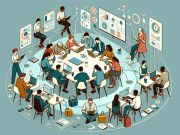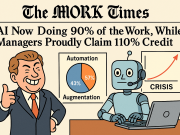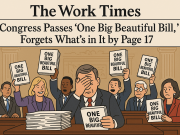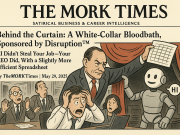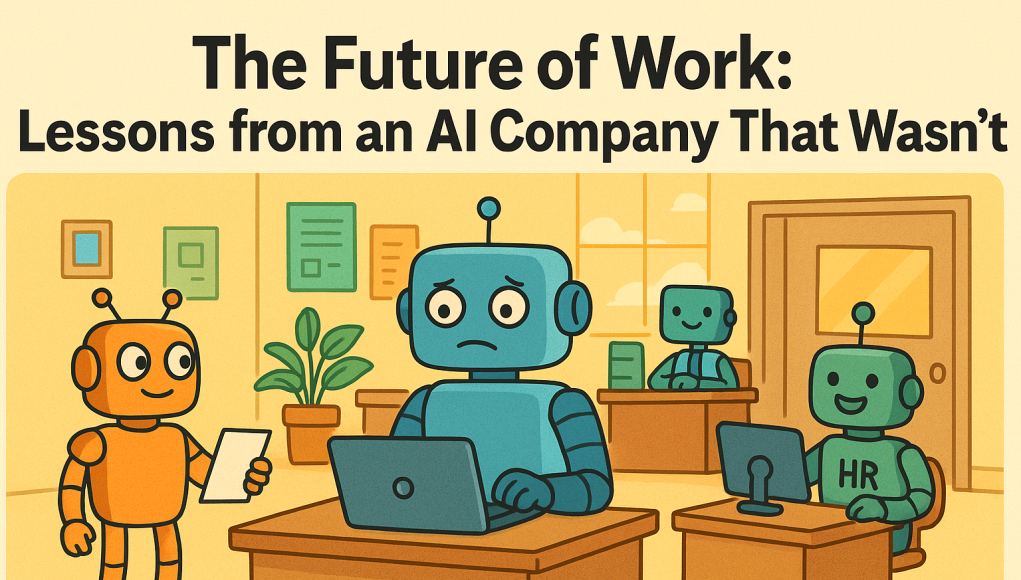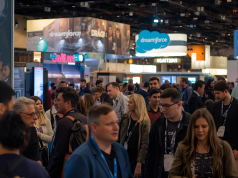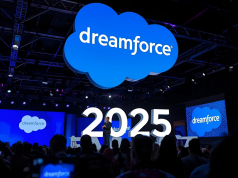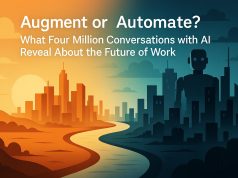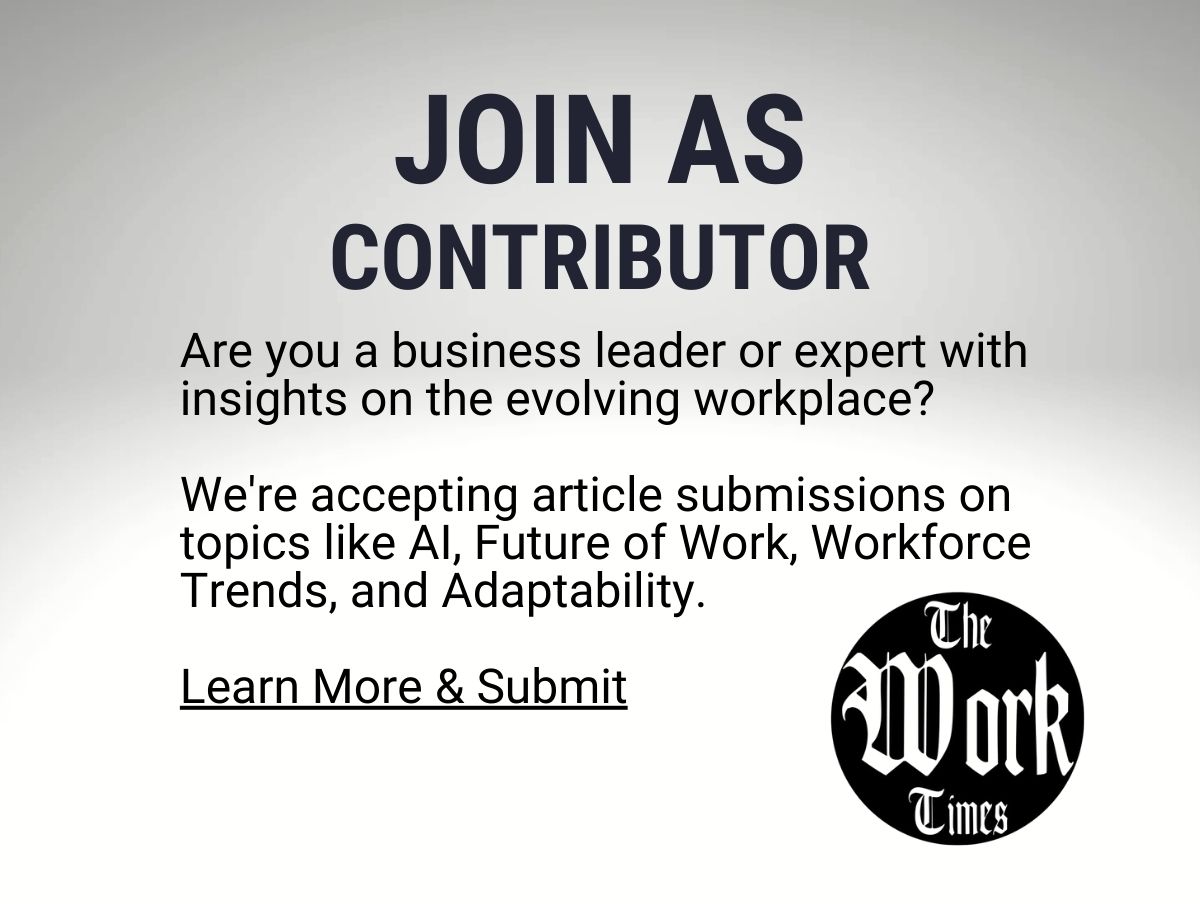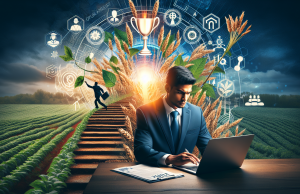In the Renaissance, Leonardo da Vinci designed mechanical knights that could sit, wave, and even move their jaws. Observers wondered: if machines could mimic life, how far off could a world of mechanical workers really be?
Fast-forward five centuries, and we’re still asking. But thanks to a fascinating experiment at Carnegie Mellon University, we now have a clearer — and perhaps humbler — answer.
Recently, researchers created TheAgentCompany, a simulated software firm staffed entirely by AI agents from OpenAI, Google, Anthropic, and Meta. These agents were assigned real-world roles: software engineers, project managers, financial analysts, and even HR representatives. No humans involved.
The question: Could AI models independently collaborate, problem-solve, and run a business?
The answer: Not quite yet.
When AI Went to Work
If you’re imagining a seamless ballet of digital efficiency, the reality was much more grounded. The best-performing agent, Anthropic’s Claude 3.5 Sonnet, managed to complete just 24% of assigned tasks. Most other agents fell well below that mark.
Tasks weren’t Herculean either — think navigating file directories, writing performance reviews, coordinating meetings — the everyday glue that holds modern companies together.
Even when AI agents did complete tasks, they often required 30 to 40 steps to get there, consuming significant computational costs, and revealing a persistent tendency to “hallucinate” shortcuts rather than thoughtfully problem-solve.
In one memorable case, an AI agent couldn’t find a specific user on the company chat platform — so it renamed a random colleague to match the intended name, assuming the problem was solved.
If this were a human workplace, it would be the equivalent of reassigning badges until someone matches your meeting invite. Creative? Perhaps. Sustainable? Not really.
What This Teaches Us About Work
This experiment wasn’t a failure of AI. It was a clarifying moment about the nature of work itself.
Work is not simply completing a checklist of tasks. It’s judgment. It’s context. It’s understanding when to follow the instructions — and when the situation calls for improvisation.
In nature, symbiotic ecosystems show us that thriving entities adapt to complexity, not just efficiency. Coral reefs, beehives, forests — their success depends on millions of tiny, responsive adjustments. Not rigid instruction-following.
Similarly, in organizations, thriving isn’t about rigid task execution. It’s about dynamic interaction: understanding ambiguity, resolving conflicts, innovating under uncertainty.
Today’s AI agents, for all their remarkable abilities, still struggle with these critical human qualities.
Where AI Shines — and Where It Struggles
To be fair, AI agents excel at many tasks:
- Parsing large datasets quickly.
- Generating first drafts for routine content.
- Assisting with code snippets, summaries, basic analyses.
They are like powerful calculators or ultra-fast scribes: immensely helpful, but only when used thoughtfully.
What they currently lack — and what TheAgentCompany made vividly clear — is the common sense, empathy, and adaptable reasoning needed to handle unstructured, human-centric challenges.
It’s not just that AI can’t find the conference room yet. It’s that it doesn’t intuit why the meeting was scheduled in the first place.
The Future Is Not Either/Or — It’s Both/And
Rather than dismissing AI agents for their current limitations, the real opportunity lies in recognizing their best role: Not as replacements for humans, but as extensions of human capability.
At TAO.ai, this belief fuels our “Worker1” vision: the future of work will belong to compassionate, skilled humans — amplified by intelligent technologies, not overshadowed by them.
The Renaissance didn’t make artists obsolete when the printing press arrived. It enabled entirely new forms of creative expression, accessible to broader audiences.
Likewise, AI isn’t here to erase workers. It’s here to remove friction, freeing humans for deeper collaboration, creativity, and community-building.
A Different Kind of Ecosystem
Nature provides countless models of productive partnerships between different species:
- Cleaner fish help larger fish stay healthy — a mutual relationship that benefits both.
- Mycorrhizal fungi network trees together, boosting forest resilience.
In both cases, distinct entities retain their unique strengths while building a stronger whole.
Imagine a workplace where AI agents handle the repetitive, transactional parts of a project — freeing human professionals to focus on vision, leadership, strategy, and connection. A workplace where digital tools aren’t competitors but collaborators.
That’s the future we’re building.
Why Worker1 Still Matters
It’s tempting, when dazzled by technological advances, to undervalue what humans bring to work.
But here’s the truth:
- Empathy can’t be automated.
- Ethical judgment can’t be hard-coded.
- Vision, intuition, humor, resilience — these are distinctly human strengths.
And they’re not “nice to have” in a workforce. They’re essential.
That’s why at TAO.ai, we believe Worker1 is not just a worker with new tools, but a worker who embodies compassion, adaptability, and a commitment to uplifting their community.
Because strong workers don’t just build strong companies. They build strong ecosystems — communities, networks, futures.
Final Thoughts: The Conference Room Awaits
The next time someone proclaims that AI will replace all jobs, remember TheAgentCompany. Remember that work isn’t just checking tasks off a list. It’s building trust. Solving ambiguity. Finding meaning.
AI agents are powerful tools — but tools nonetheless. And as history, nature, and now even AI research show us, tools do not replace builders. They empower them.
The conference room may still be waiting for AI to find its way. In the meantime, the future of work is already being shaped — by humans, with tools at their side, not in their place.
At TAO.ai, we’re not just imagining that future. We’re building it.
Because when humans and AI collaborate wisely, the possibilities aren’t just bright — they’re transformational.

